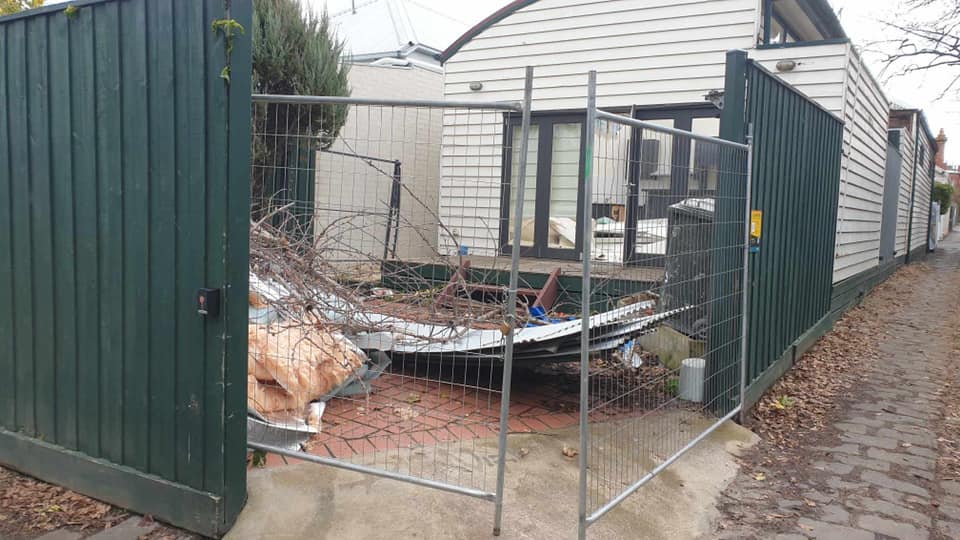Partial Demolition: Balancing Precision and Safety in Modern Construction
October 30, 2024
Understand the nuances of partial demolition in modern construction, focusing on precision and safety ensuring affluent outcomes in your projects in Melbourne.
Partial demolition involves the careful removal of specific sections of a structure to facilitate renovations or upgrades while preserving its overall integrity. Balancing precision and safety is essential in this process, as improper techniques can lead to structural instability and safety hazards. In modern construction, a strategic approach to partial demolition ensures successful project outcomes while adhering to stringent safety standards and regulations.
Overview of Partial Demolition
Partial demolition serves various purposes, from updating outdated facilities to making way for new structures. This method is often employed in residential, commercial, and industrial projects where complete demolition is unnecessary or impractical. For instance, in a renovation project, homeowners might choose to remove an outdated kitchen while leaving the rest of the house intact. In larger-scale projects, businesses might opt for partial demolition to modernise their operations without disrupting overall workflow.
The Importance of Precision in Modern Construction
Precision is paramount in partial demolition. The aim is to remove only the designated areas while ensuring that the remaining structure remains stable and safe. This requires meticulous planning and execution, often involving the following steps:
• Structural Assessment: Before any work begins, a thorough assessment of the existing structure is essential. Engineers and demolition experts evaluate the materials, load-bearing walls, and overall integrity to determine the safest method for demolition.
• Detailed Planning: A well-crafted plan outlines the demolition process, including timelines, required resources, and safety measures. This planning stage also identifies potential hazards and outlines strategies to mitigate them.
• Utilisation of Advanced Technology: Modern demolition often employs advanced tools and technologies, such as demolition robots or precision cutting equipment, to enhance accuracy and reduce risk. These innovations enable operators to execute complex tasks while minimising disruption to surrounding areas.
• Skilled Workforce: A competent team trained in partial demolition techniques is crucial. Workers must be aware of safety protocols and possess the necessary skills to operate equipment safely and efficiently.
Ensuring Safety in Modern Construction
The stakes in partial demolition can be particularly high, given the potential risks to both workers and the surrounding environment. Here are some key safety considerations:
• Personal Protective Equipment (PPE): All personnel should wear appropriate PPE, including hard hats, gloves, goggles, and high-visibility clothing, to protect against potential hazards.
• Clear Communication: Establishing clear communication protocols among team members ensures that everyone is aware of their roles and responsibilities. This helps prevent accidents and promotes a culture of safety.
• Emergency Preparedness: Having a robust emergency response plan in place is essential. This includes identifying emergency contacts, having first-aid kits readily available, and conducting regular safety drills.
• Regular Inspections: Ongoing inspections throughout the demolition process can help identify any emerging hazards. By remaining vigilant, teams can respond promptly to any issues that arise.
SIMCAT Group takes pride in navigating the complexities of partial demolition projects, ensuring that each job is completed efficiently and safely. Whether it’s for a residential renovation or a commercial upgrade, our team is dedicated to delivering exceptional results while upholding the highest safety standards.
Optimized by: Netwizard SEO

